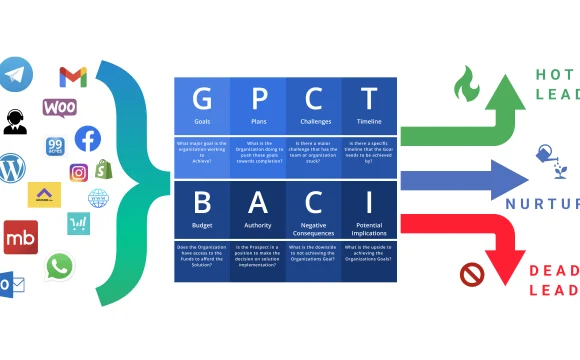High-ticket sales isn’t just about pitching—it’s about precision. And in today’s market, generic outreach feels like throwing darts blindfolded. Data-driven personalization? That’s the secret weapon. Here’s how top performers use it to close deals faster, build trust, and justify premium prices.
Why Personalization Isn’t Optional Anymore
Let’s be honest—buyers expect tailored experiences now. A Salesforce study found 76% of customers get frustrated when offers feel irrelevant. For high-ticket items? That frustration turns into lost deals. Fast.
But here’s the twist: personalization isn’t just about using a first name in an email. It’s about weaving data into every touchpoint—like knowing a prospect’s:
- Past purchases (even outside your product category)
- Content engagement patterns (which whitepapers they downloaded, how long they watched your demo video)
- Behavioral triggers (abandoned carts, pricing page revisits)
The Data Goldmine Most Sales Teams Ignore
You’ve got CRM data. Website analytics. Maybe even third-party intent data. But are you connecting the dots? Here’s where teams drop the ball:
| Data Source | Untapped Opportunity |
| Email opens/clicks | Timing preferences (send future emails when they’re most active) |
| LinkedIn activity | Content themes that resonate (shared posts, comments) |
| Call recordings | Emotional pain points (transcript analysis for keywords like “frustrated” or “waste”) |
Pro tip: Tools like Gong or Chorus analyze call patterns to surface objections you didn’t even notice you were hearing repeatedly.
Case Study: How a $25K/seat SaaS Deal Closed 37% Faster
A cybersecurity firm noticed something odd—prospects who engaged with their “compliance checklist” PDF spent 8x longer on page than those who downloaded case studies. So they:
- Created a custom nurture sequence focused on audit pain points
- Trained reps to lead with compliance framing
- Redesigned their demo to highlight SOC2 integration first
Result? Average sales cycle dropped from 94 to 59 days. All because they listened to the data, not just the prospect’s stated needs.
3 Unconventional Personalization Tactics That Work
1. The “Reverse Demo” Approach
Instead of showcasing features, start by replaying the prospect’s own words from discovery calls. Tools like Fireflies.ai can pull quotes like: “We’re bleeding $12K monthly on manual reporting.” Open your demo by addressing that exact line.
2. Dynamic Proposal Pricing
If your CRM shows a prospect only engages with enterprise-tier content, don’t waste pages on starter plans. Use conditional formatting in proposals to highlight relevant tiers based on their digital body language.
3. “Dark Social” Signals
Track when prospects share your content via private channels (Slack, WhatsApp). Tools like Poool or Shareaholic can alert you—giving perfect timing for a follow-up: “Noticed you shared our ROI calculator internally—want me to walk your team through it?”
The Ethical Line (And How Not to Cross It)
There’s a creep factor when personalization feels invasive. Best practices:
- Disclose data usage upfront (“Our system shows you’ve visited our pricing page 3x—want me to clarify anything?”)
- Avoid stalker-ish details (mentioning their office location unless they volunteered it)
- Let prospects opt out of tracking—transparency builds trust worth more than any data point
Think of it like a concierge service, not surveillance.
Future-Proofing Your Strategy
AI’s changing the game—but not how you’d expect. It’s not about replacing salespeople. It’s about tools like:
- Predictive lead scoring that flags when a prospect’s readiness spikes
- Sentiment analysis during Zoom calls to gauge engagement in real-time
- Automated competitive intel (e.g., alerting you when a rival’s contract is up for renewal)
The winners? Teams who blend these insights with human intuition.
At the end of the day, high-ticket buyers don’t just buy solutions. They buy confidence. And nothing screams “we get you” like personalization that feels less like marketing—and more like mind reading.









